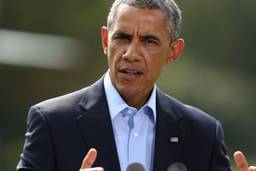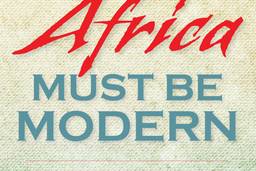Nothing could be further from the truth. Far from ruling Borneo, the largest island in Southeast Asia, Dayaks are an oppressed majority. The recent rampages on the Indonesian side of Borneo (the island is shared with Malaysia and, in the tiny northwest corner, the oil sheikdom Brunei) mirror two earlier violent outbursts, in 1997 and 1999. The violence failed then, and is failing now, to transform Dayak politics in Borneo, where indigenous people are fragmented, directionless and indeed apathetic about the prospects for change. “The only practical solution to the plight of the Dayak is a cross-border, pan-Dayak movement,” says one former senior official in Malaysia, who requested anonymity. “But the governments of Malaysia and Indonesia are terrified of this and do everything they can to prevent it.”
Indigenous people across the world find adapting to the reality of nation-states difficult. But in Borneo the problem of Dayak tribalism – dozens of groups, while falling under the Dayak rubric and sharing basic social and cultural practices, still speak different languages and express some unease with one another – is rendered more poignant by geographic considerations. Borneo holds 288,000 square miles of stunning rainforests, thriving rivers and unparalleled biodiversity. National borders, remnants of colonialism, don’t begin to reflect the basic unity of the island.
Borneo’s population barely reaches 15 million, making the island one of the most sparsely peopled places in all of Asia. Even after decades of colonization – first by the Dutch and the British and later by the Malays and the Javanese – Dayak peoples still roughly count as a majority of the population. While Dayaks lack economic power and receive only token representation in government, they have proven adept at resisting the encroachments of outsiders. In Malaysia, the nomadic Penan group has fought loggers, raising awareness of the importance of forests to traditional peoples. Dayaks also have gained some leverage by the mere threat that they will withdraw their considerable support for the Malay ruling coalition.
History also sets apart the Dayaks in Malaysia, whose federal structure affords them greater autonomy than those across the border in Indonesia. Under a mid-’60s treaty, Britain’s Borneo territories of Sabah and Sarawak were stitched together with its Malaya colony located hundreds of miles to the west. The result was Malaysia. As part of the deal, Dayaks in Sarawak and Sabah lost their claims to the huge oil and gas reserves, but retained the right to use their own languages in schools. Moreover, a firm limit was placed on the ability of Malays from elsewhere in the country to move to Sarawak and Sabah, thus guaranteeing that indigenous people, while exploited, would not be overrun by settlers. In Indonesia, the Dayaks received no such guarantees. Outrages by immigrants from other islands in the Indonesian archipelago, such as logging of Dayak communal lands, were ignored by Indonesian government, fueling the Dayaks’ rage.









